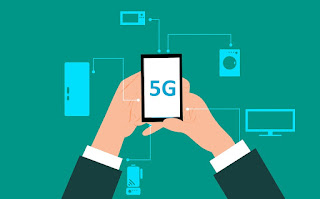5G NR (New Radio)
5G NR (new radio) is a group of standards that replaces the LTE Network 4G wireless communications standard. One important goal of 5G NR is to support the development of wireless communication by increasing the electromagnetic radiation spectrum efficiency. Designed to support high bandwidth transmission required for streaming video, as well as to support low bandwidth transmission used in machine-to-machine (M2M) communication. 5G NR will support transmission with low latency requirements - An important consideration in vehicle-to-vehicle (V2V) and vehicle-to-infrastructure (V2I) communication.In order to qualify as a 5G NR, the standards required for the connection include many performance and connectivity requirements. Some of these updated standards include:
- Connection must support wireless mobile connection.
- It should provide connectivity to the Internet of Things (IoT), a concept that includes various devices and wired or wireless connections that make the user's digital experience.
- Different aspects of industrial process and productivity control should be available to companies.
- It should implement a lean signal design. This means that the signal is only triggered when needed, reducing the overall processing power.
- Adaptive bandwidth should be used, which allows devices to switch on low bandwidth and low power, whenever possible, energy savings are essential for high bandwidth.
- Applies strict data transmission requirements. Network is faster and more efficient.
- Better beamforming, which allows signals to be promoted in a larger group of final points.
Benefits of 5G NR
5G is expected to join the benefits of New Radio:- Large capacity of wireless area.
- Increase in energy savings.
- Short duration between updates, or average service creation time cycle.
- Great links connecting large numbers of users.
- Better technology to maintain the quality of a connection on a broad geographical area.
- Increased speed and data rates, which means that more bits are processed on one unit of time.
- Better efficiency in data sharing.
- Easy access to wireless provider services.


Post A Comment:
0 comments so far,add yours